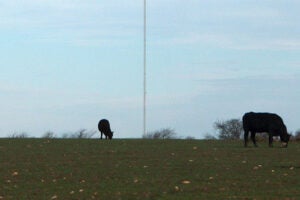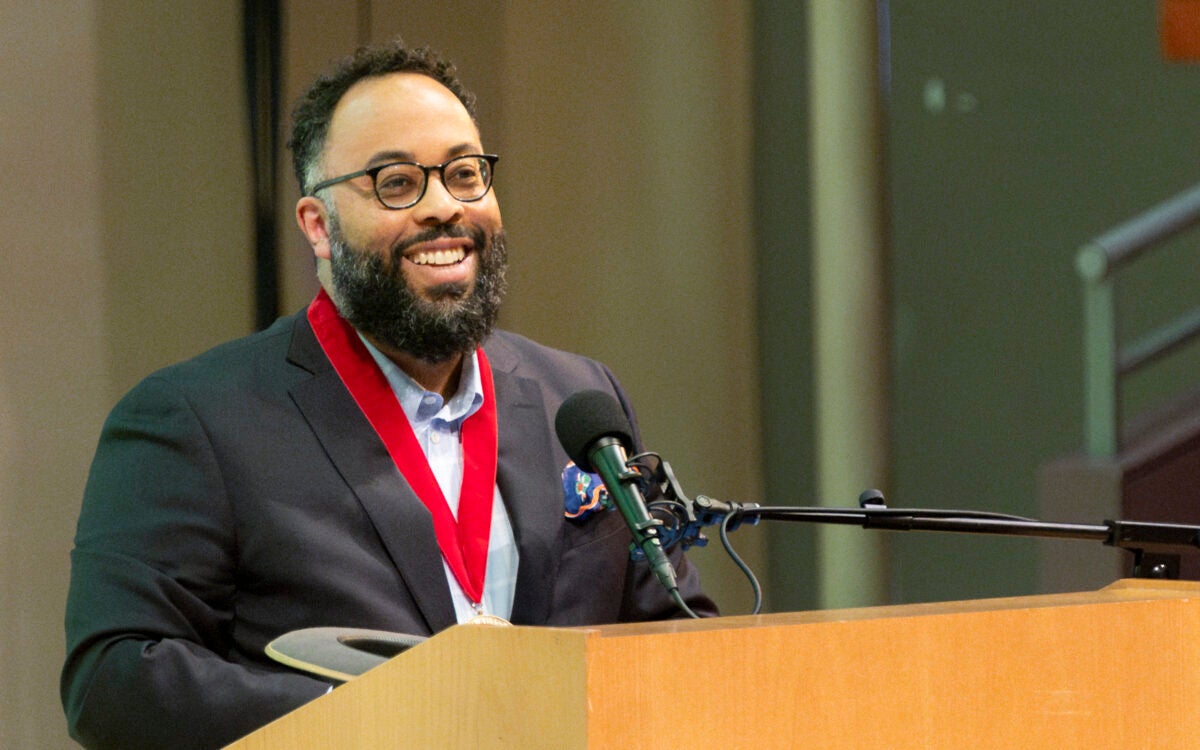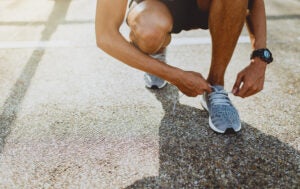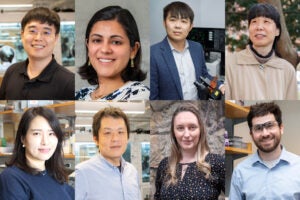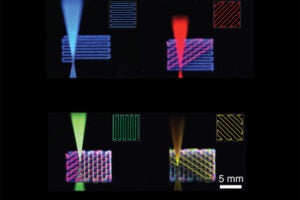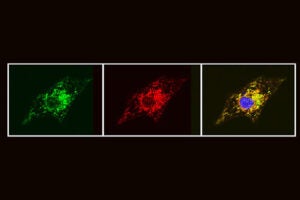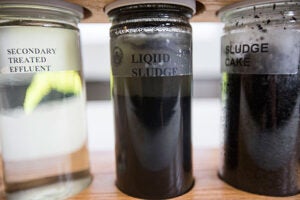Tag: SEAS
-
Nation & World
Crafting ultrathin color coatings
In Harvard’s high-tech cleanroom, applied physicists produce vivid optical effects — on paper.
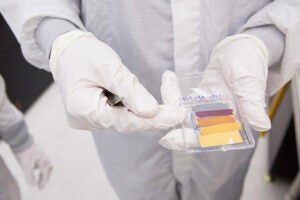
-
Nation & World
Where ideas trump devices
At the annual CS50 Fair, students of history, literature, music, and more create tools to share knowledge across fields.
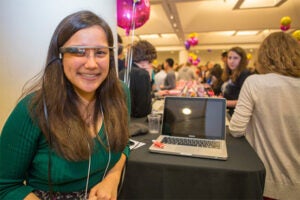
-
Nation & World
Creating ‘genomic origami’
Researchers have assembled the first high-resolution, 3-D maps of entire folded genomes and found a structural basis for gene regulation, a kind of “genomic origami” that allows the same genome to produce different types of cells.
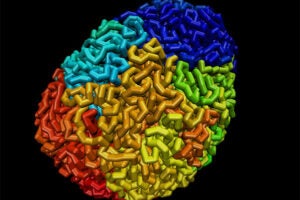
-
Nation & World
Discovering ‘detectives’ of science
Howard Stone returned to Harvard to lead the annual holiday lecture at the School of Engineering and Applied Sciences, with hundreds of family and community members in attendance.
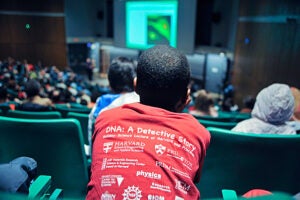
-
Nation & World
Lewis named interim dean of SEAS
Michael D. Smith, Edgerley Family Dean of the Faculty of Arts and Sciences, today announced the appointment of Harry R. Lewis, Gordon McKay Professor of Computer Science, as interim dean of the Harvard School of Engineering and Applied Sciences (SEAS), effective Jan. 1, 2015.
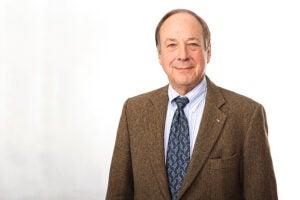
-
Nation & World
Departing SEAS Dean Murray reflects
A Q&A with Cherry A. Murray, who will depart Harvard’s School of Engineering and Applied Sciences at the end of December.

-
Nation & World
Build your own bot
A new resource provides both experienced and aspiring researchers with the intellectual raw materials needed to design, build, and operate robots made from soft, flexible materials.
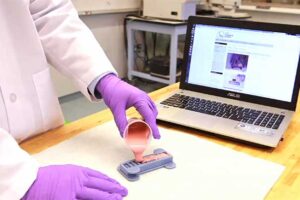
-
Nation & World
Have silicon switches met their match?
Silicon has few serious competitors as the material of choice in the electronics industry. Now, Harvard researchers have engineered a quantum material called a correlated oxide to perform comparably with the best silicon switches.
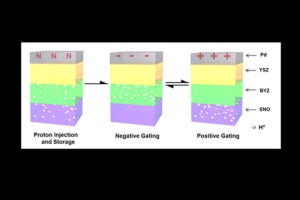
-
Nation & World
The $3 million suit
The Wyss Institute for Biologically Inspired Engineering at Harvard University has been awarded a first-phase, follow-on contract from the Defense Advanced Research Projects Agency to further develop its Soft Exosuit ― a wearable robot — alternative versions of which could eventually help those with limited mobility as well.
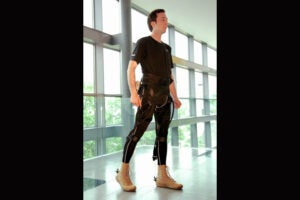
-
Nation & World
Cutting the cord on soft robots
Researchers at Harvard’s School of Engineering and Applied Sciences and the Wyss Institute for Biologically Inspired Engineering have developed the world’s first untethered soft robot — a quadruped that can stand up and walk away from its designers.
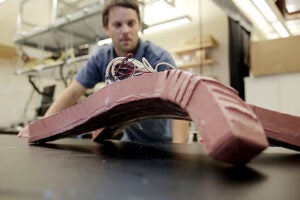
-
Nation & World
The 1,000-robot swarm
Harvard researchers create a swarm of 1,000 tiny robots that, upon command, can autonomously combine to form requested shapes — a significant advance in artificial intelligence.
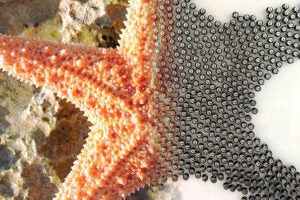
-
Nation & World
Robot folds up, walks away
A team of engineers used little more than paper and a classic children’s toy to build a robot that assembles itself into a complex shape in four minutes, and crawls away without human intervention.
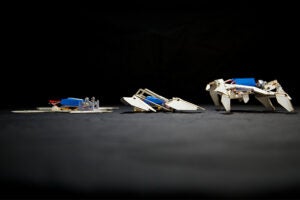
-
Nation & World
Energy research wins grant
Harvard chemist Cynthia Friend has been awarded a major center grant from the U.S. Department of Energy’s Basic Energy Sciences’ Energy Frontier Research Centers program, which is designed “to accelerate the scientific breakthroughs needed to build the 21st-century energy economy.”
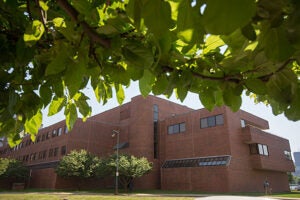
-
Nation & World
A malignant ‘switch’ in breast cancer
A team of researchers led by David J. Mooney, Robert P. Pinkas Family Professor of Bioengineering at the Harvard School of Engineering and Applied Sciences, has identified a possible mechanism by which normal cells turn malignant in mammary epithelial tissues, those frequently involved in breast cancer.
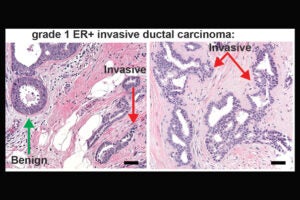
-
Nation & World
Spark of science
Local students visited the Harvard campus to celebrate their partnership with the School of Engineering and Applied Sciences, and to present their final science and engineering projects.
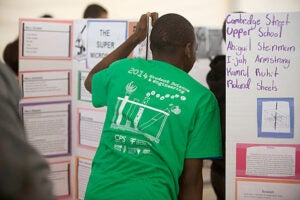
-
Nation & World
Eric Mazur wins Minerva Prize
The Minerva Academy on Tuesday named Eric Mazur the first winner of the Minerva Prize for Advancements in Higher Education.
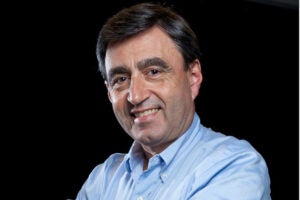
-
Nation & World
Quality control
A Harvard research team led by Kevin Kit Parker, a Harvard Stem Cell Institute principal faculty member, has identified a set of 64 crucial parameters by which to judge stem cell-derived cardiac myocytes, making it possible for scientists and pharmaceutical companies to quantitatively judge and compare the value of stem cells.
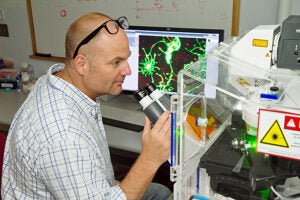
-
Nation & World
Grasping with the eyes
A symposium on data visualization brought together experts from campus and beyond to show how technology in the arts, sciences, and humanities is helping people think in new ways.
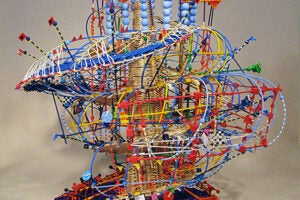
-
Nation & World
Heads for steel
In the Instructional Physics/SEAS Instrument Lab, a machine shop tucked in the basement of Lyman Laboratory, students learn to use a range of equipment — everything from lathes to laser cutters to 3-D printers.
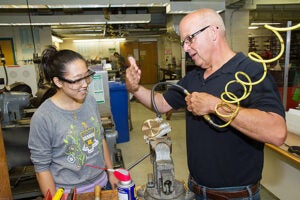
-
Nation & World
Robots to the rescue
Inspired by termites’ resilience and collective intelligence, a team of computer scientists and engineers at the Harvard School of Engineering and Applied Sciences and the Wyss Institute for Biologically Inspired Engineering at Harvard University has created an autonomous robotic construction crew. The system needs no supervisor, just simple robots that cooperate.
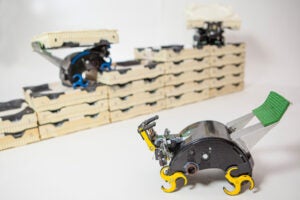
-
Nation & World
The promise of ‘big data’
Harvard symposium embraces the goals and challenges of collecting and processing massive amounts of information on key complex issues.
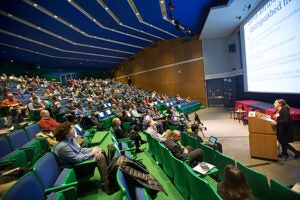
-
Nation & World
In search of nature’s camouflage
Cuttlefish, the “chameleon of the sea,” may offer researchers a model for bio-inspired human camouflage and color-changing products, some of which could be invaluable in wartime.
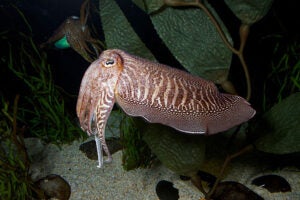
-
Nation & World
Inconsistent? Good
Though variability is often portrayed as a flaw to be overcome, Harvard researchers now say that, in motor function, it is a key feature of the nervous system that helps promote better or more successful ways to perform a particular action.
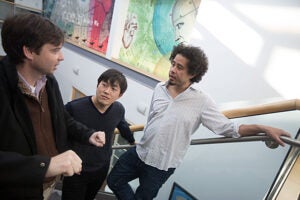
-
Nation & World
Battery offers renewable energy breakthrough
A team of Harvard scientists and engineers has demonstrated a new type of battery that could fundamentally transform the way electricity is stored on the grid, making power from renewable energy sources such as wind and sun far more economical and reliable.
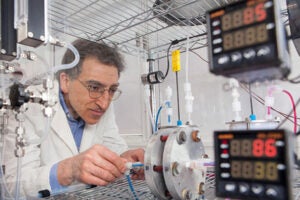
-
Nation & World
Science and delight, in the blink of an eye
The Harvard School of Engineering and Applied Sciences hosted an annual tradition, a holiday lecture for children on how science works.
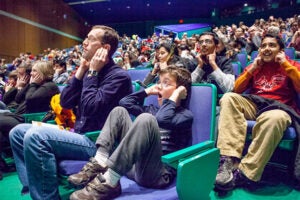
-
Nation & World
U.S. methane emissions exceed government estimates
Emissions of methane from fossil fuel extraction and refining activities in the United States are nearly five times higher than previous estimates, according to researchers at Harvard University and seven other institutions.
